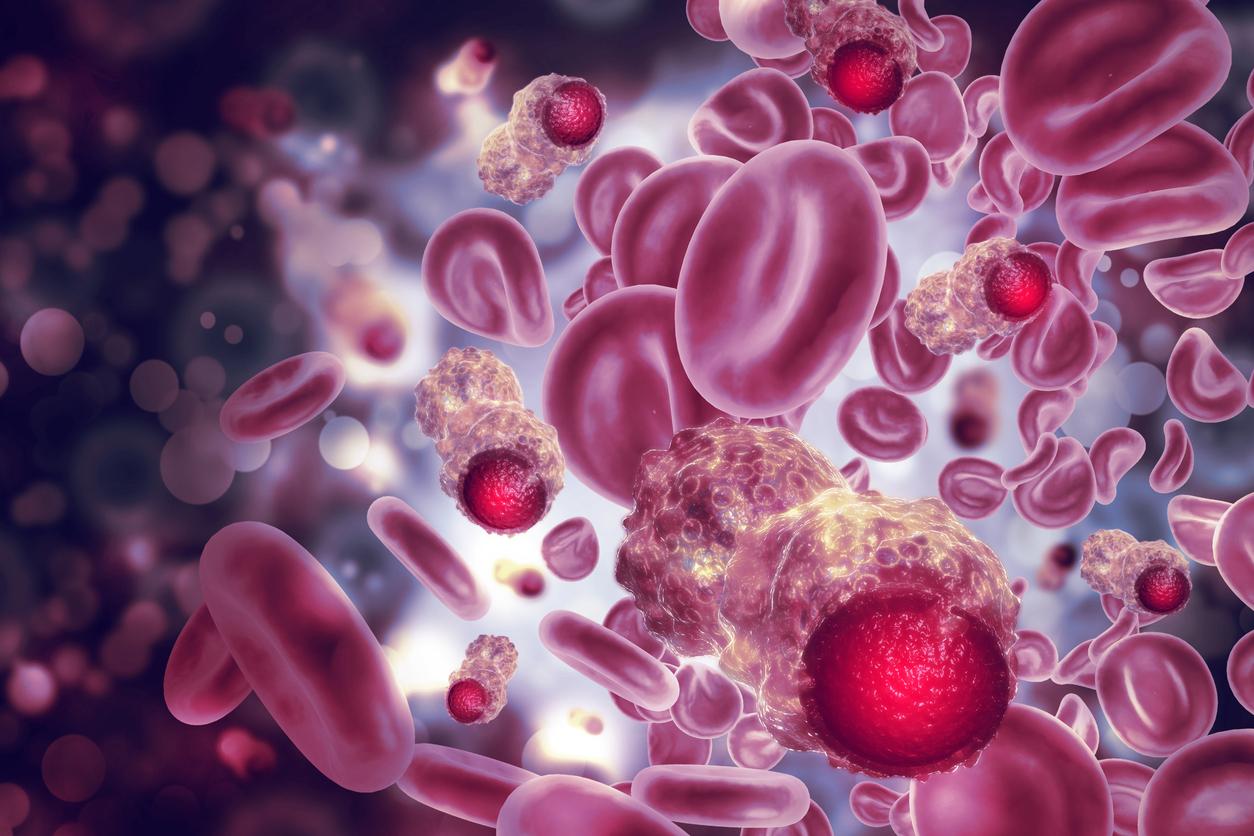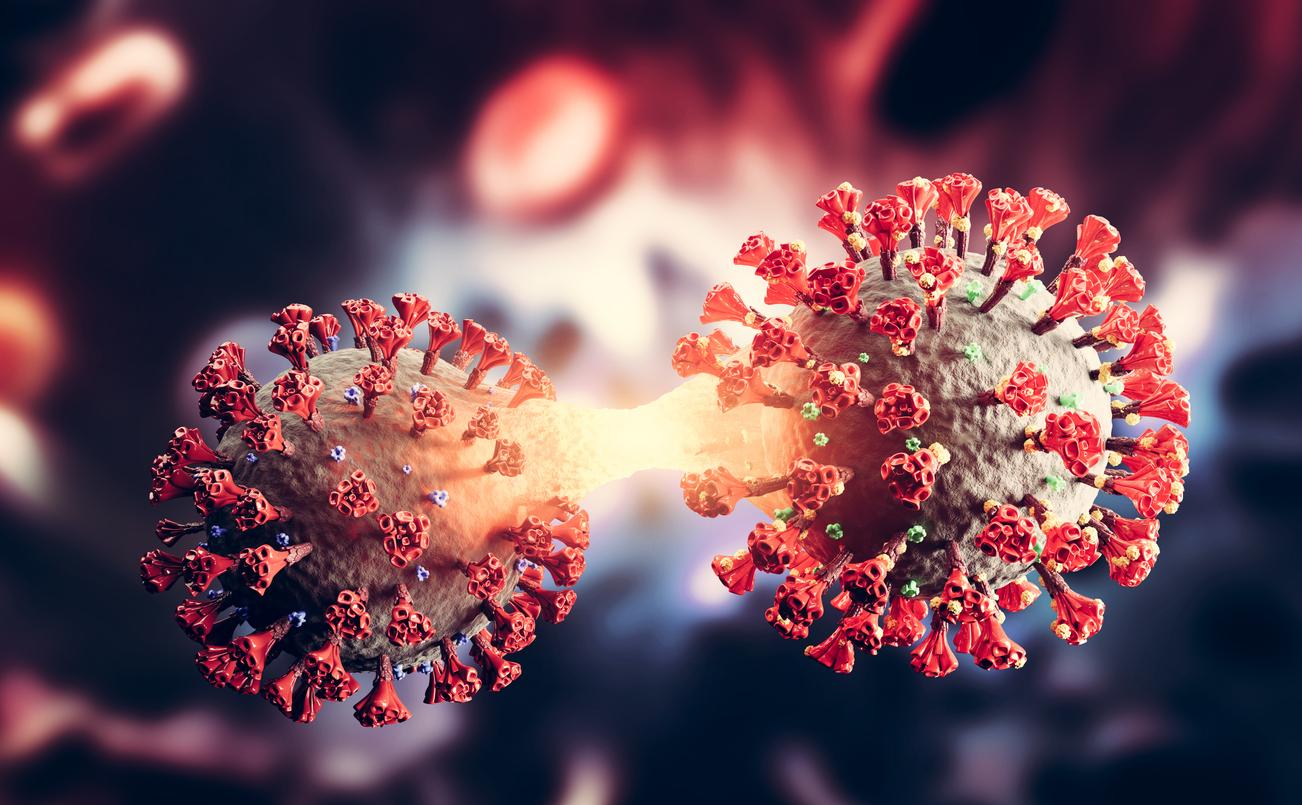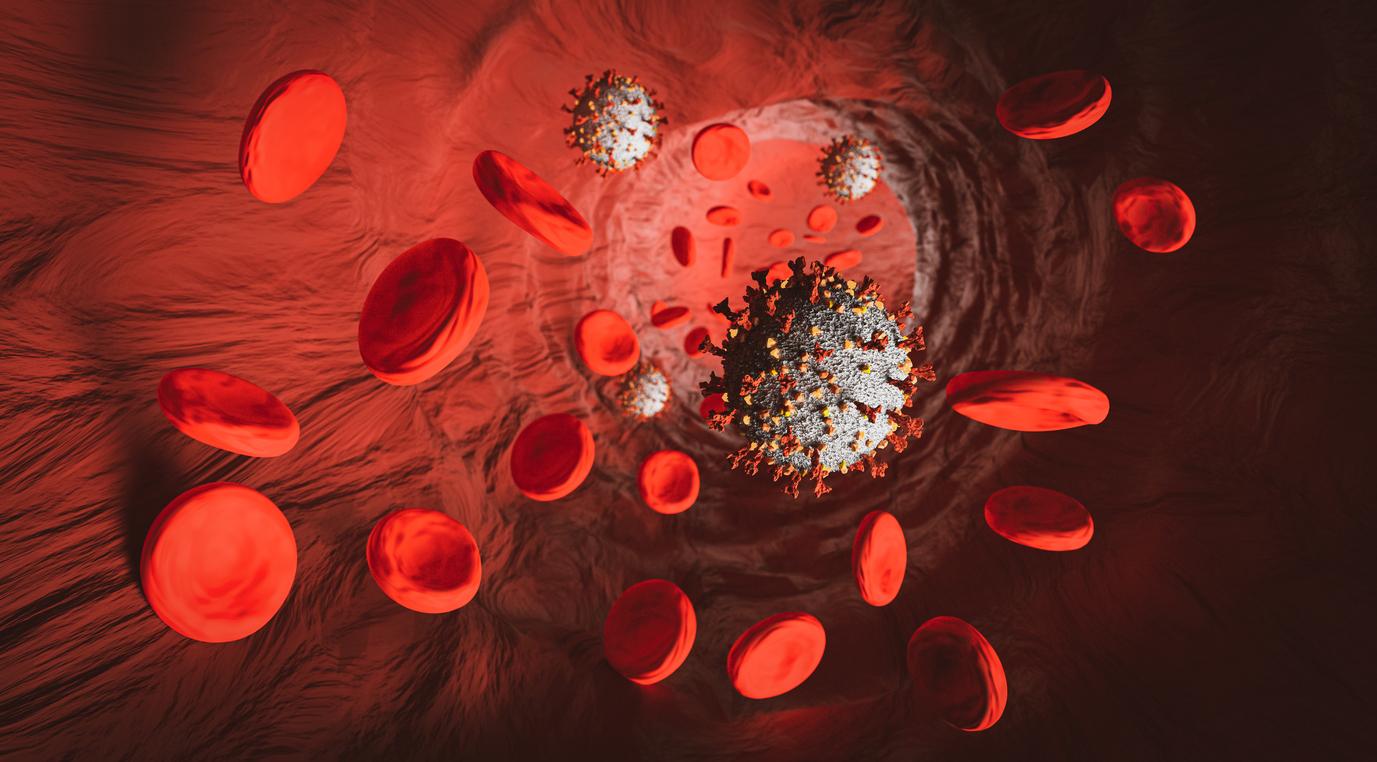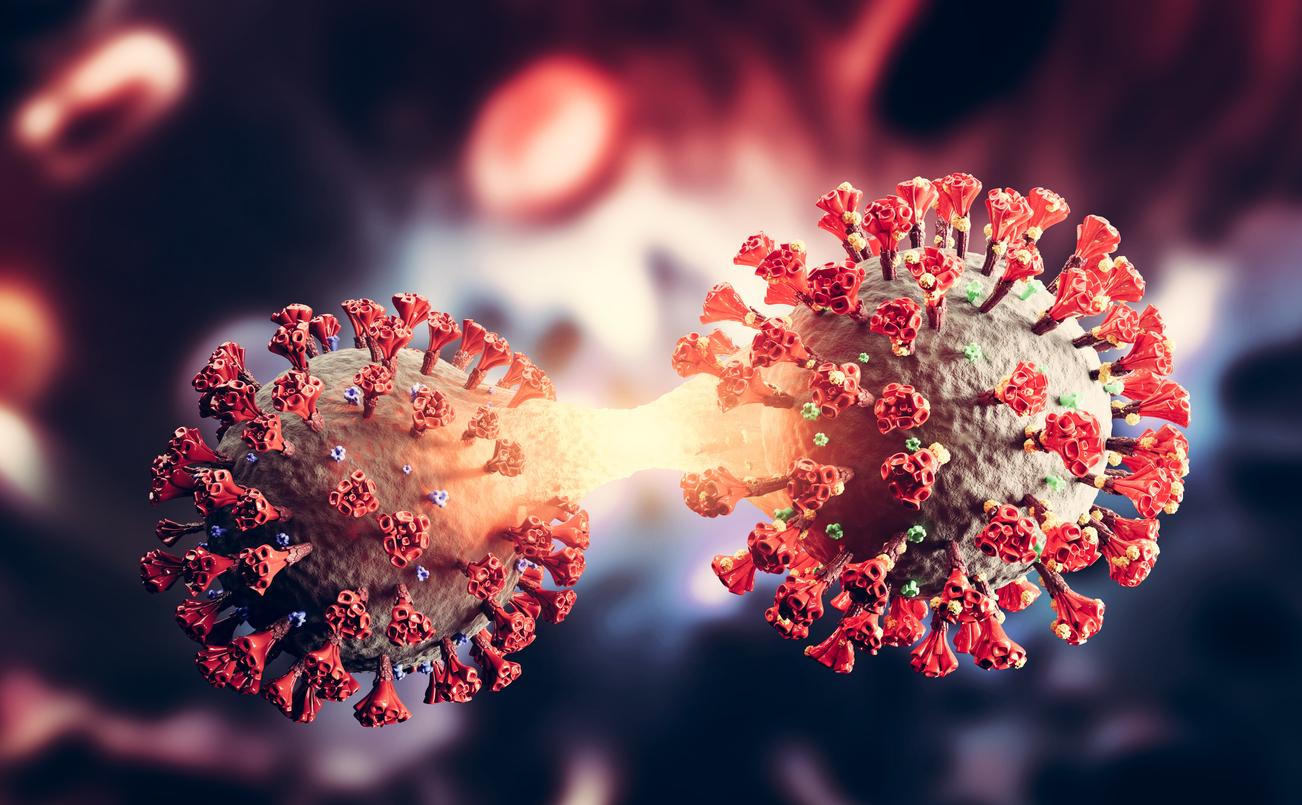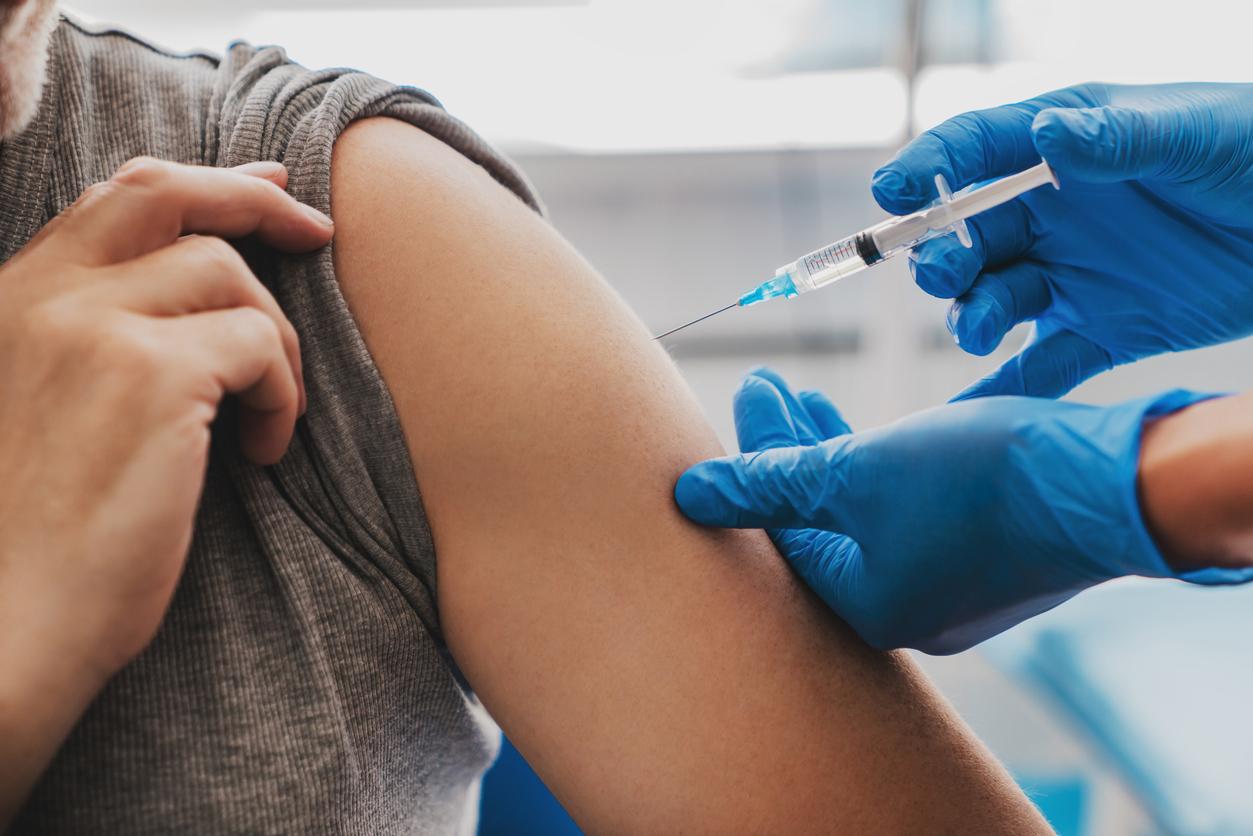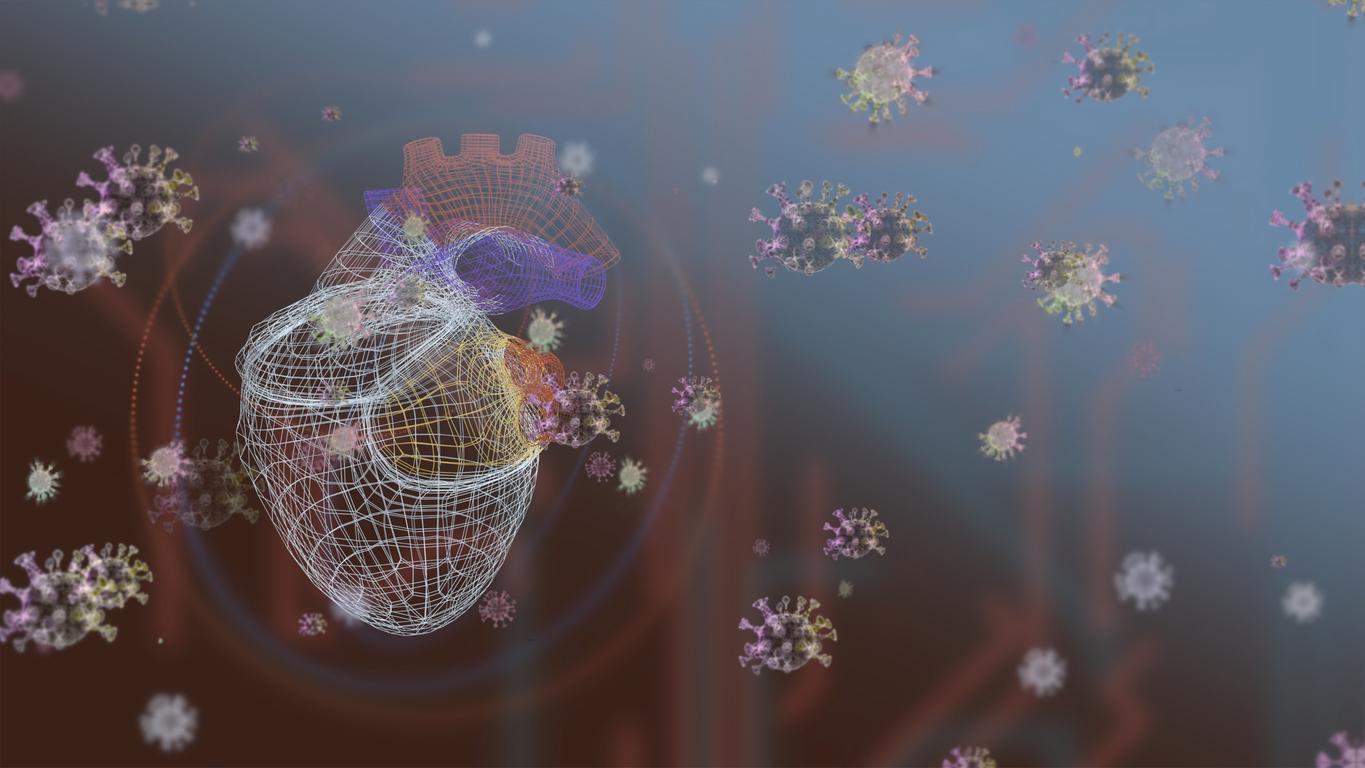Almost three years after the first cases of Covid-19 were discovered in China, where are we in our knowledge about the origin of Sars-CoV-2, the virus that triggered a global pandemic?

- Different hypotheses continue to be studied about the origins of the Covid-19 epidemic.
- Among them, the authors of the article are looking into the hypothesis of a zoonotic origin from viruses from bats, that of an infection in a natural environment, or an infection by a stored or even manipulated virus. genetically in a lab in Wuhan.
More than two and a half years have passed since the first Covid-19 patients identified in China in December 2019. Virginie Courtier, CNRS research director in genetics and evolution at Paris Cité University and Etienne Decroly, research director in virology at Aix-Marseille University (AMU) came back for The Conversation France on the latest advances in the investigation into the origin of SARS-CoV-2, the virus responsible for Covid-19. They recall that, for the time being, “neither the (ancestral) progenitor viruses of the epidemic, nor the animal responsible for the first transmissions of the virus to the human species have been clearly identified.” Nevertheless, different hypotheses remain valid.
Covid-19: it all started at the Huanan market in Wuhan?
Two studies published in the journal Science in July 2022 suggest that the epidemic started at Huanan market in Wuhan.
The first one looked at the geographical location of the first recorded human cases of Covid-19 and highlighted their concentration around this market. The market area was frequented by many vendors of live wild animals who may have been the first carriers of Sars-CoV-2 before passing it on to humans. Among the various suspects, we find the red fox, the badger or the raccoon dog. Additionally, the study reports that environmental swabs taken in this area have tested positive for Sars-CoV-2.
The second used sequence analysis of the first Sars-CoV-2 viruses. Result: the circulation of two distinct viral lineages named A and B was identified at the start of the epidemic. The first human cases of Covid (between October 23 and December 8, 2019) concern the B line. The A line virus would have managed to infect humans a few weeks later. However, the authors point out “that no intermediate host animal carrying the progenitor virus has been identified on site. The positive samples on the market appear to be of human origin since they present the same viral sequences as those found in patients. In addition, the first cases occupied stalls too scattered to imagine direct contamination from one or two animal sources.
Moreover, no epidemiological link could be established with the first patients detected infected by line A and the markets. Lineage A seems closer to bat viruses and could have preceded lineage B. So the market could have simply been “an amplifier of the epidemic” without being its real starting point. “The circumstances that favored the spread of the virus to the market remain a mystery”underline the authors of the article.
Covid-19, the consequence of a laboratory accident?
Could “patient zero” come from a Chinese laboratory? Three Wuhan laboratories studying bat viruses have been targeted in the investigations: the P4 laboratory of the Wuhan Institute of Virology (WIV) in Zhengdian (southern Wuhan), the historic WIV laboratory in Xiaohongshan, and the Center for Disease Control (CDC), located a few minutes from the Huanan market. These laboratories store and study viruses collected in Asia from various wild animals.
In September 2021, a document of 2018 disclosed by DRASTIC, a collective of researchers from different fields (bacteriology, biotechnologies, neurobiology, engineering, data science, etc.), reveals that experiments of inserting various furin cleavage sites into viruses of bats -mice had been imagined in collaboration between the WIV and American laboratories. “The project, submitted to DARPA, was not funded and we do not know if such experiments were ultimately conducted”, underline the authors of the article. According to them, “the hypothesis of deliberate creation and contamination seems unlikely for two reasons: all countries were caught off guard by the arrival of the first cases of Covid-19, and no antidote was available at the beginning of the pandemic.”
The problem is that due to the lack of independent, international, transparent and scientific detailed investigation into the laboratory hypothesis, it is very difficult to credibly investigate this lead.









